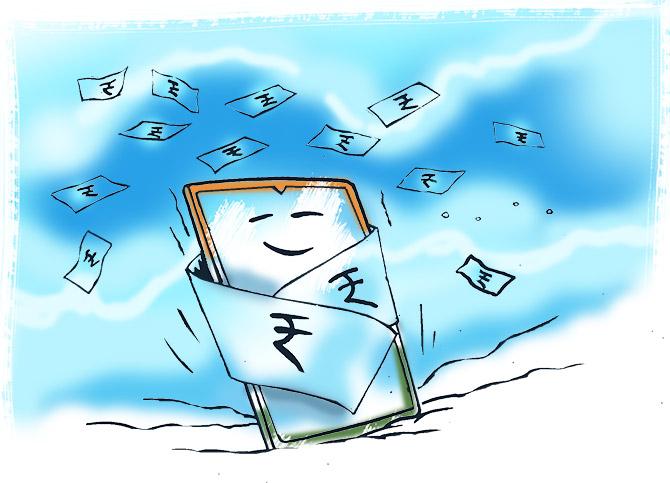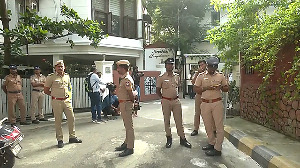Chinese telecom gear giant Huawei Technologies has sought permission for access to the government’s ‘Trusted Telecom Portal’ which went live on June 15 so that it can share details about the telecom products which telecom service providers have agreed to buy from it.

The move is significant as sources close to the development say that, according to Chinese telecom companies’ interpretation, the new National Security Directive on the telecom sector does not in any way prohibit them from participating in the process of selling telecom equipment of any kind to private telcos.
The firm is waiting for a response from the government. It declined to comment.
The directive makes it mandatory for providers to get a ‘trusted product’ and ‘trusted source’ stamp on all new telecom equipment they want to buy from OEMs.
It is aimed, according to experts, primarily to allow for closer scrutiny of Chinese telecom products and ensure that companies like Huawei and ZTE are discouraged from selling any new equipment, especially in 5G.
As part of the new process, telcos which want to buy new equipment will have to apply for approval by giving details of the products they want to procure and asking the vendor to provide details about the origin of the products as well as the various components going into it.
Based on this data, the National Security Committee on Telecom, headed by the National Security Advisor Ajit Doval, will decide whether the equipment is trusted and from a trusted source.
The new order is similar to the restrictions that countries like the US and UK have also imposed on the import of Chinese gear out of fear that it might pose a security risk to their telecom infrastructure.
Given the border clashes between India and China last year and a deteriorating relationship, the call for banning Chinese telecom gear in the country, especially in 5G, has been loud.
The government has inserted a clause that countries bordering India will be allowed to participate in public procurement tenders only if they were registered with a ‘competent authority’.
The clause effectively excluded Chinese players from bidding for BSNL’s 4G network contract.
This was followed by keeping Chinese gear makers out of participating in the ongoing 5G trials, even though companies like Huawei had initially tied up with Indian telecom service providers.
The definition of ‘trusted product’ is products and their critical components which need to be procured from a trusted source.
The telecom service providers will be able to access the Trusted Telecom Portal and indicate the telecom products they plan to buy, along with the vendor.
The details of these vendors, the products, the critical components and their sources are then populated in the portal by the telecom service providers.
Vendors will also be given access to the portal.
The government will assess the vendors and the sources of the components to determine trusted sources and trusted products and this decision will be intimated to the vendor and the telecom provider.
OEMs have to divulge a lot of detail not just about the equipment but about the organisation as well, such as the names of the top 10 shareholders up to three levels, their country of origin and whether there has been any change in ownership in the last three years.
On equipment, details of active components, their maker and the location of their global headquarters have to be spelled out, along with the country in which the intellectual property rights are controlled.
In the case of software, the name of the software owner, its global headquarters, the name and country of the subcontractors and the country from where software will be upgraded all have to be shared.
However, some non-Chinese OEMs have some concerns about the rule. An executive with a leading telecom gear maker said some of its components were procured from China or from Chinese companies in other countries.
“What percentage of a piece of equipment’s components has to come from non-Chinese sources for it to be considered trusted?
"For that, there is no clear answer. After all, we live in an interlinked world,” he said.











